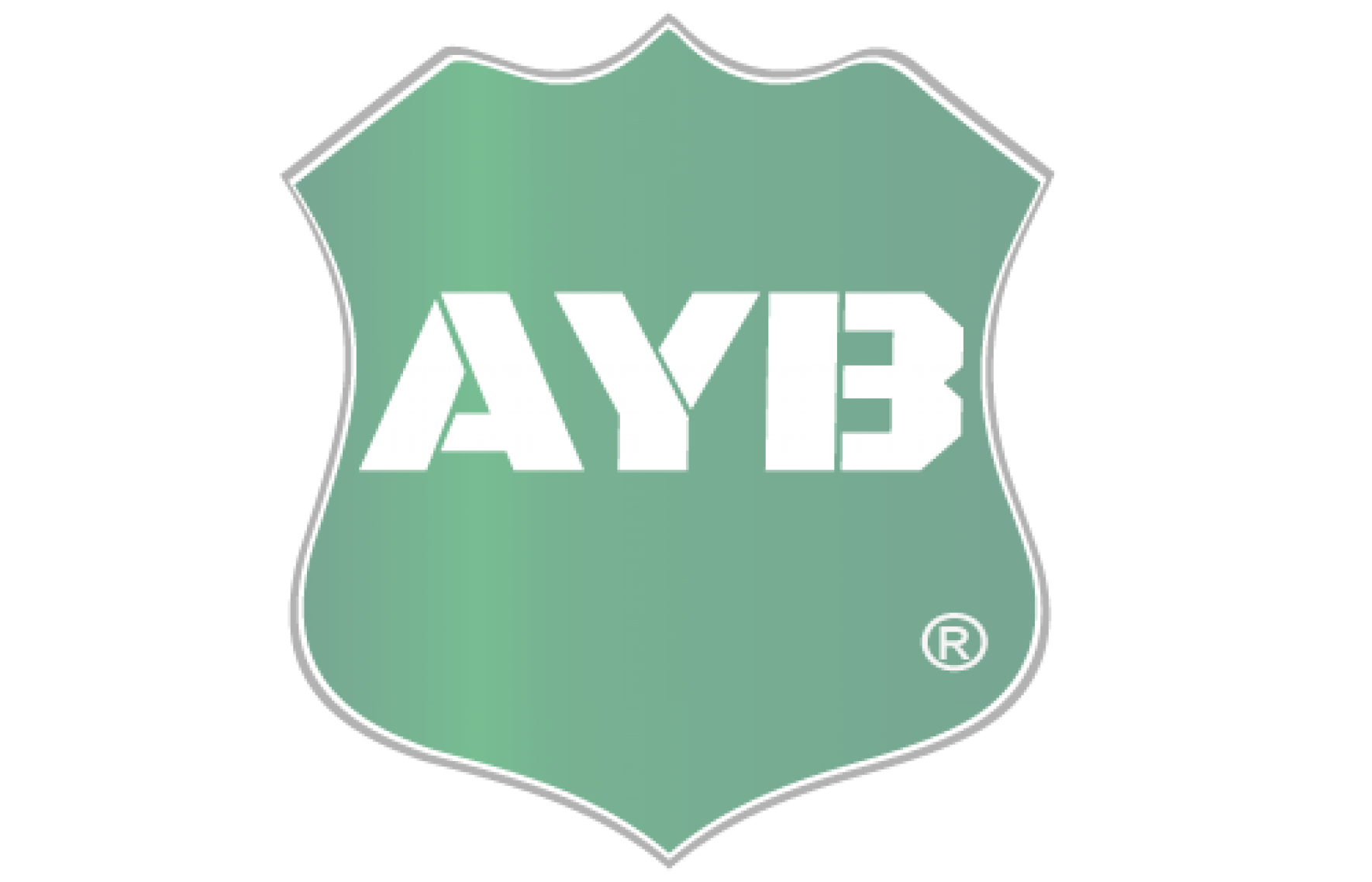Common Types of Diesel Injectors

Diesel engines, known for their robust performance and fuel efficiency, rely on a variety of injection systems to deliver precise amounts of fuel into the combustion chamber. The type of diesel injector employed in an engine plays a crucial role in determining its efficiency, emissions, and overall performance. In this article, we will explore some of the common types of diesel injectors, delving into their designs, functionalities, and the impact they have on the operation of diesel engines.
1. Unit Injectors:
Unit injectors represent a compact and integrated approach to fuel injection. In this design, each cylinder has its dedicated injector, combining the injector and high-pressure pump into a single unit. The unit injector is positioned directly over the combustion chamber, allowing for precise control over fuel delivery. This design minimizes the number of external components, simplifying the engine's layout and contributing to its overall efficiency.
2. Common Rail Injectors:
Common rail injection systems have become widespread in modern diesel engines, offering advanced control and efficiency. In a common rail system, fuel is stored at high pressure in a common reservoir or rail. Individual injectors draw from this common rail, allowing for precise control over the timing and quantity of fuel injected into each cylinder. Common rail injectors contribute to improved combustion, reduced emissions, and enhanced fuel efficiency.
3. Direct Injection Systems:
Direct injection systems deliver fuel directly into the combustion chamber, bypassing the intake port. This design promotes superior mixing of fuel with air, leading to more efficient combustion. Direct injection systems come in various configurations, including single-point and multi-point injection. The direct delivery of fuel to the combustion chamber allows for better control over the combustion process, resulting in increased power and reduced fuel consumption.
4. Individual Pump-Line-Nozzle (PLN) Injectors:
The Individual Pump-Line-Nozzle (PLN) system features a dedicated pump for each cylinder, supplying high-pressure fuel directly to the injector. This design allows for precise control over the injection process and enables adjustments for individual cylinders. While less common in modern diesel engines, PLN injectors offer reliability and simplicity, making them suitable for specific applications.
5. Rotary Distributor Pump Injectors:
Rotary distributor pump injectors utilize a rotary distributor to supply high-pressure fuel to individual injectors. This design is characterized by a circular plate with channels that distribute fuel to each injector in sequence. While rotary distributor pump injectors have been widely used in the past, they are gradually being replaced by more advanced and efficient injection systems in modern diesel engines.
6. Pintle Type Injectors:
Pintle type injectors feature a needle-like pintle that controls the flow of fuel through the injector nozzle. The pintle is lifted during the injection process, allowing pressurized fuel to be sprayed into the combustion chamber. This design is known for its simplicity and reliability, making it suitable for certain diesel engine applications.
7. Sac Type Injectors:
Sac type injectors, characterized by a sac or pocket in the injector nozzle, store fuel before injection. The sac allows for a controlled release of fuel into the combustion chamber, contributing to a well-atomized spray pattern. While sac type injectors have been utilized in older diesel engines, advancements in injector technology have led to the development of more efficient designs.
8. Solenoid-Operated Injectors:
Solenoid-operated injectors utilize an electromagnetic solenoid to control the opening and closing of the injector needle. When the solenoid is energized, it lifts the needle, allowing fuel to be injected. This design offers precise control over the injection process and is commonly found in modern diesel engines with electronic fuel injection systems.
9. Piezoelectric-Operated Injectors:
Piezoelectric-operated injectors employ piezoelectric crystals to actuate the injector needle. Piezoelectric materials change shape when an electric field is applied, allowing for rapid and precise movement of the injector components. This design offers faster response times and finer control over the injection process, contributing to improved fuel efficiency and reduced emissions.
10. Multi-Hole Injector Nozzles:
Multi-hole injector nozzles feature multiple small holes in the injector tip, facilitating finer atomization of fuel. This design enhances the spray pattern and promotes better mixing of fuel with air in the combustion chamber. Multi-hole injector nozzles contribute to improved combustion efficiency, reduced emissions, and increased power output.
Impact of Injector Types on Engine Performance:
The choice of diesel injector type has a significant impact on overall engine performance. Modern diesel engines often incorporate advanced injector technologies, such as common rail systems and piezoelectric-operated injectors, to achieve optimal combustion, fuel efficiency, and compliance with stringent emissions standards. The selection of the appropriate injector type depends on factors such as engine design, application, and the desired balance between performance and environmental considerations.
Challenges and Innovations in Diesel Injector Technology:
As diesel engines continue to evolve, challenges such as meeting stricter emissions regulations and improving fuel efficiency drive ongoing innovations in diesel injector technology. Researchers and manufacturers are exploring advancements in injector materials, control systems, and injection strategies to address these challenges. Innovations in injector design aim to achieve more precise fuel delivery, reduce emissions, and enhance overall engine efficiency.



